https://it.sat24.com/it/it
http://www.sierrapapa.it/rapid_thunders ... seviri.htm
http://www.weatheronline.co.uk/weather/ ... remium.htm

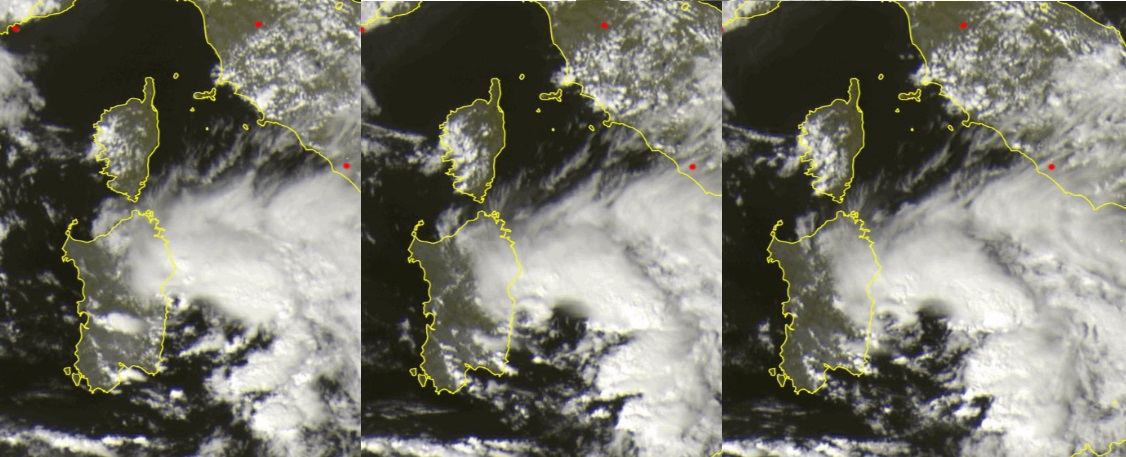
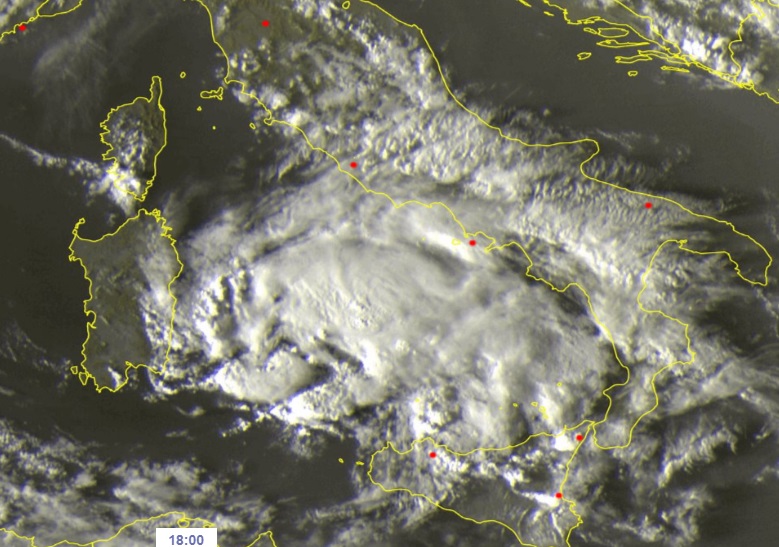
Moderator: S2k Moderators







DanieleItalyRm wrote:However, it is not an extratropical system. Convection near the center and outflow are obvious. I think it's at least subtropical
Vince_and_Grace_fan wrote:DanieleItalyRm wrote:However, it is not an extratropical system. Convection near the center and outflow are obvious. I think it's at least subtropical
It's a mesoscale convctive system triggered by the upper level low over it. These system often has some weak circulation at the surface and upper level outflow on the divergent part of the upper level low, but the convection is mostly not too organized and sustained that it to be classified. In late summer and in autumn often form such systems over the Mediteranean Sea but they very rarely develop into a real subtropical or tropical cyclone.
Also the 'classical' Mediterranean cyclones stand betwen the extratropical and subtropical cyclone, and sometimes it has subtropical or tropical-like vorticies in their core, but these are not true subtropical or tropical cyclones, especially what form in winter. And it is possible that a front-less, well-defined warm core cyclone develop in winter, when the SST's are too cold (around 15 Celsius or more less) that is rather related to polar lows.

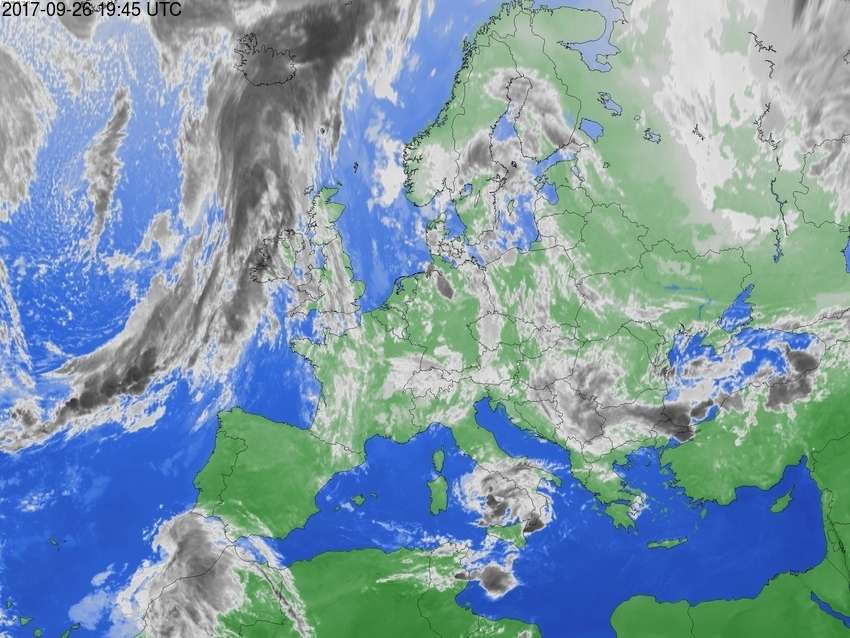

Alyono wrote:They're tropical. Remember, it is not the SST that matters. It is the difference between the SST and the tropopause. In those Med TCs, there are unusually cold tropopause temperatures. Similar to Alex last year by the Azores in January


Sciencerocks wrote:This was a tropical cyclone...
Convection near the core
Outflow at the upper levels
This was no polar low. Polar lows don't have warm cores and if you believe that anything over 23c water is a polar low then so was all tropical cyclones that have formed northeast of the azores.

Vince_and_Grace_fan wrote:Sciencerocks wrote:This was a tropical cyclone...
Convection near the core
Outflow at the upper levels
This was no polar low. Polar lows don't have warm cores and if you believe that anything over 23c water is a polar low then so was all tropical cyclones that have formed northeast of the azores.
I didn't speak about this cyclone, I spoke only about the medicanes which form in winter over around 15 Celsius SST. And polar lows also have warm core, but this is shallow due to the low tropopause and the upper level cold air. In autumn real subtropical or tropical cyclone can form over the Mediterranean Sea, and I follow them as well (the report from a 2007 October cyclone will came out within a few days). http://zivipotty.hu/tcr.html
Also this cyclone wasn't tropical (but it was close to it), the convection wasn't organized and sustained enough and the circulation was weak and elongated. The NHC never classify a cyclone like this tropical.

Alyono wrote: The January 1995 storm was clearly a hurricane
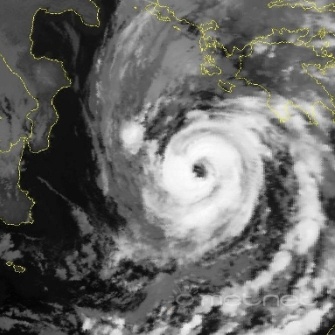



Vince_and_Grace_fan wrote:Alyono wrote: The January 1995 storm was clearly a hurricane
Yes, the bigest question is the well-defined, sustained and front-less winter tropical-like cyclones like the 1995's one or the 1982's one (on the picture below), which are indeed look more tropical than a polar low. They possiby can be tropical, but I doubt that the NHC would ever classify a similar cyclone in the Atlantic over such cold water (but the similar autumn medicanes are tropical for sure). However the less-defined lows are clearly not tropical in my oppinion.
It would be great if the medicanes would get more attention and measurements, perhaps Recon, that would help a lot to their classification (for example how deep is their warm core).

Vince_and_Grace_fan wrote:Alyono wrote: They're tropical. Remember, it is not the SST that matters. It is the difference between the SST and the tropopause. In those Med TCs, there are unusually cold tropopause temperatures. Similar to Alex last year by the Azores in January
But then every polar low could be tropical cyclone because the temperature gradient is big in their case. I think the SST matters, if it too cold, pure tropical cyclones are not possible. But indeed it is hard to tell a limit in the water temperature when it still supports tropical cyclone's formation or not anymore because the instability cames from the temperature difference between the sea and the upper troposphere as you said. I think there is around 18-20 Celsius, the cooler water possibly don't ensure enough latent heat sources. I think the height of the tropopause is also important. Winter medicanes usually form when a strong cold break reach the Sea, but in this case the tropopause is much lower than in autumn (and the air temperature is quite low too).
Alex also formed in the middle part of the ocean (south of the Mediterranean Sea) where the SST's were around 22-23 Celsius, and most of the Atlantic (sub)tropical cyclones that transitioned from extratropical lows formed at least over 20-21 Celsius water. Of course these cyclones later often go over cooler water where it can maintain itself for a while.
Sciencerocks wrote:This was a tropical cyclone...
Convection near the core
Outflow at the upper levels
This was no polar low. Polar lows don't have warm cores and if you believe that anything over 23c water is a polar low then so was all tropical cyclones that have formed northeast of the azores.
Alyono wrote:
That cyclone would be named as would 1995. Look stronger than Alex
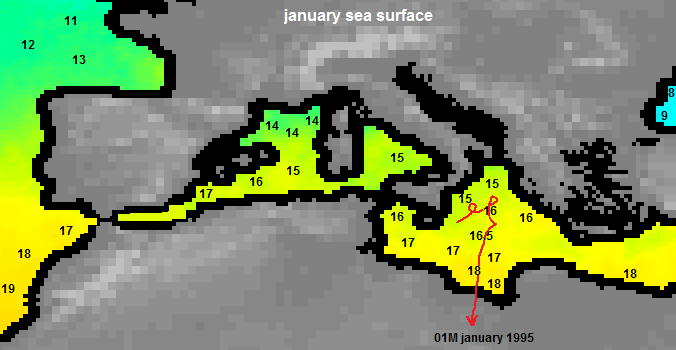
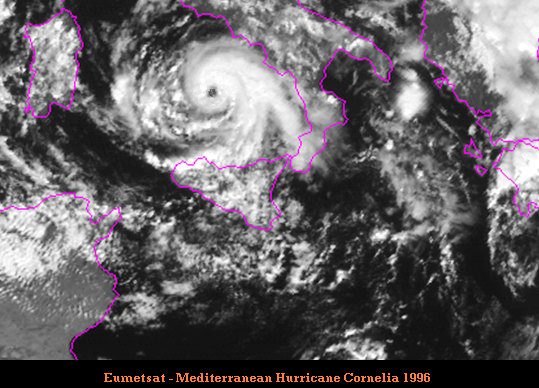
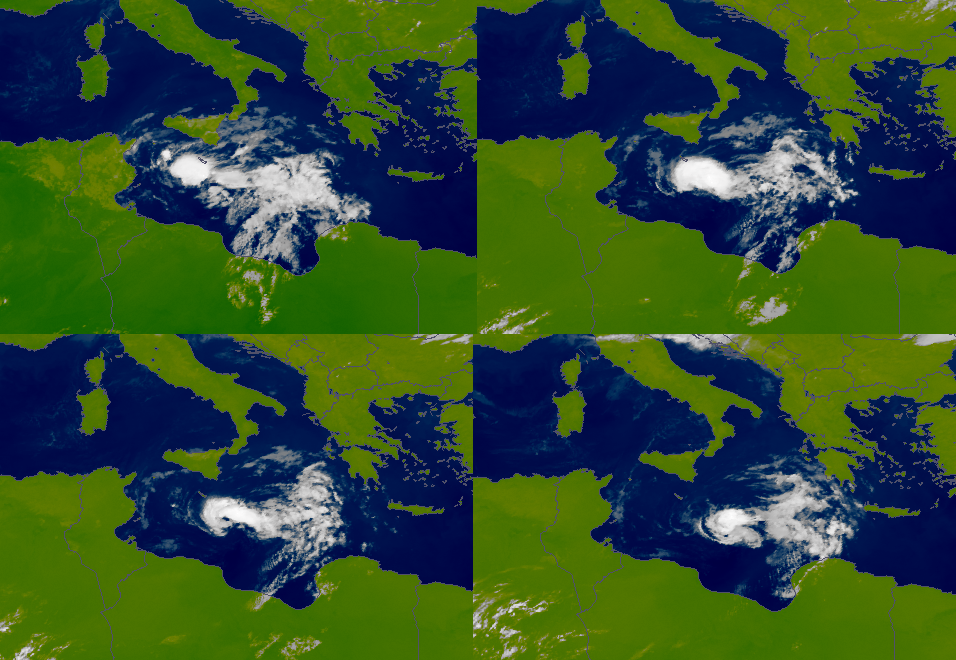
Users browsing this forum: No registered users and 21 guests